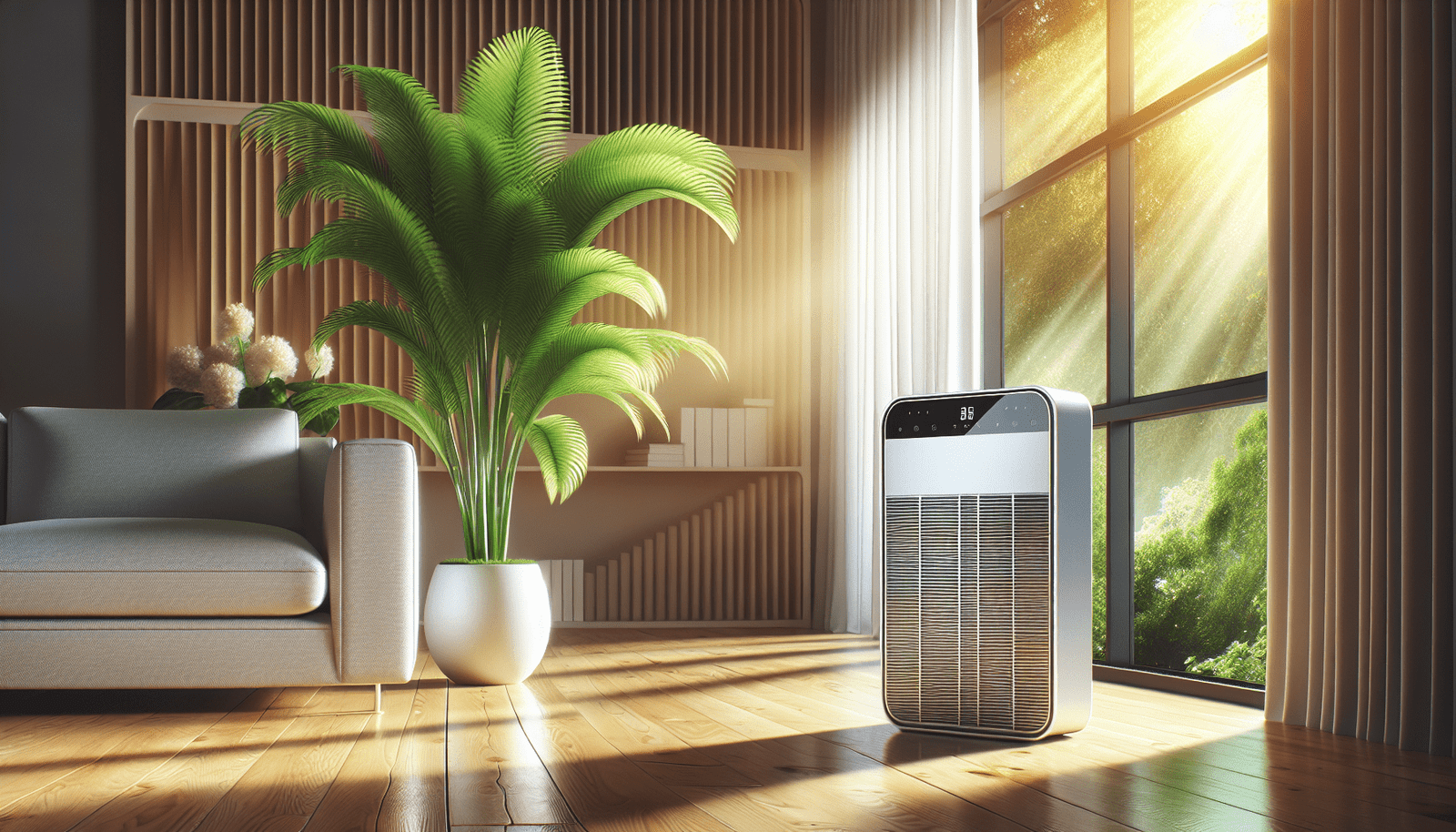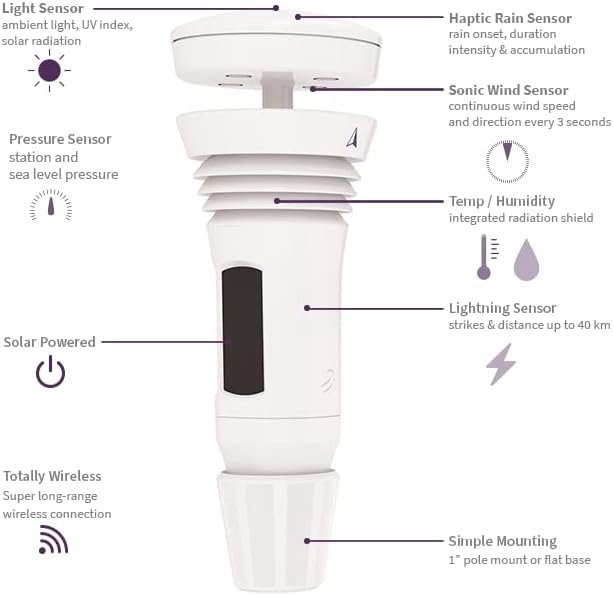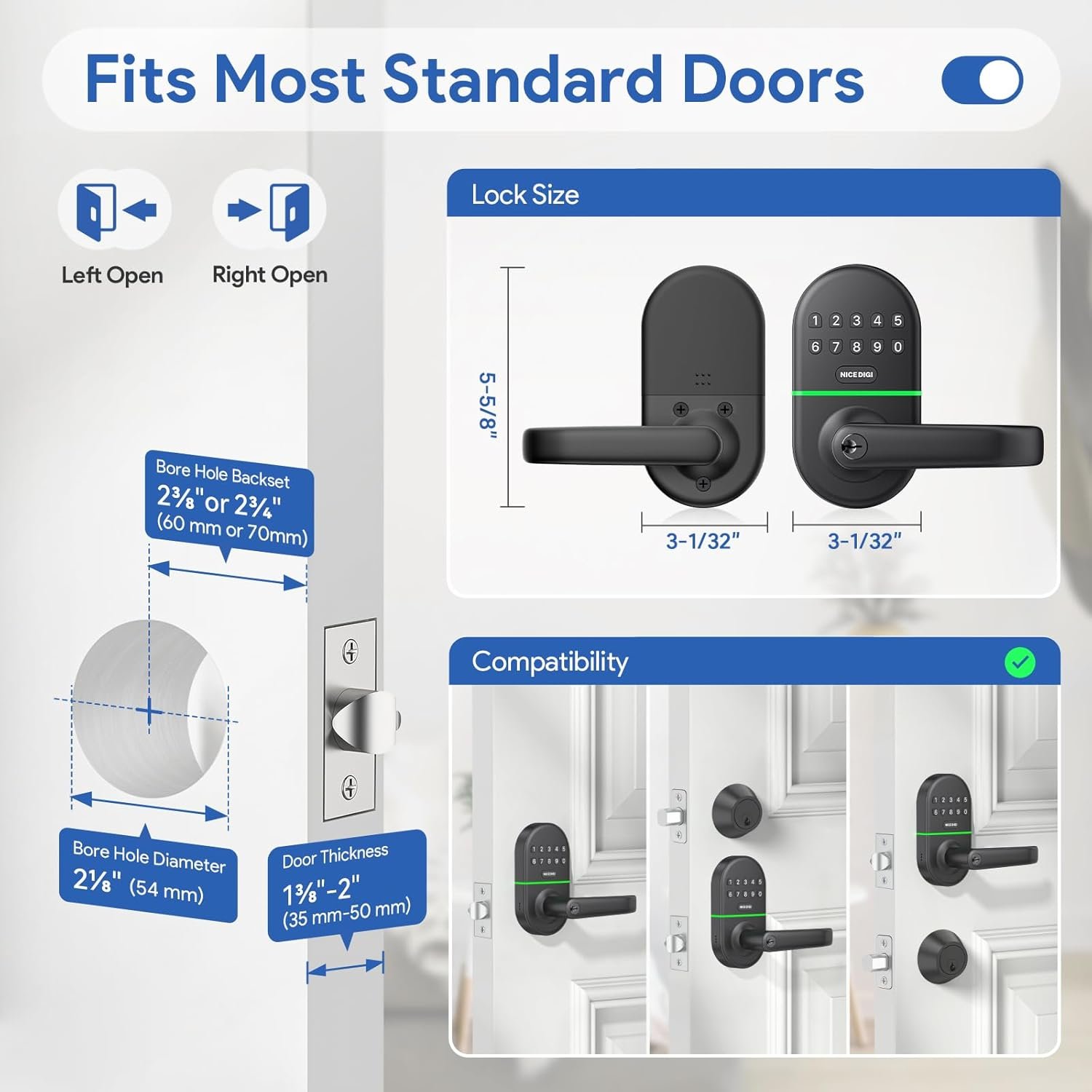Have you ever wondered how you could enhance the air quality in your home using smart technology? Breathing clean air is crucial for maintaining your health and well-being, considering the majority of our time is spent indoors. smart home devices offer innovative solutions for improving air quality, and integrating them into your living space could lead to a healthier environment.
Understanding Smart Home Devices for Air Quality
Before diving into the devices, it’s essential to understand what smart home technology implies. Smart home devices are internet-connected gadgets that can be controlled remotely, usually via a smartphone app or voice assistant, to improve convenience, comfort, and efficiency within your home. From smart thermostats to intelligent lighting systems, they help automate and optimize various aspects of daily life. But when it comes to air quality, how do you choose the right devices?
Smart Air Purifiers
Smart air purifiers are one of the best ways to enhance indoor air quality. These devices filter out pollutants, allergens, and airborne particles such as dust, pollen, and smoke, ensuring you breathe cleaner air inside your home. What sets smart air purifiers apart is the ability to monitor air quality in real-time and adjust their settings automatically. Integrated with mobile apps, you can get updates and control them from anywhere.
Smart Humidifiers and Dehumidifiers
Balancing humidity levels is crucial for maintaining good air quality. Low humidity can cause dry skin and respiratory issues, while high humidity can lead to mold growth and discomfort. Smart humidifiers and dehumidifiers adjust the moisture levels in your home automatically. You can preset humidity levels based on your personal preference or health needs, and these devices will maintain them consistently.
Air Quality Monitors
An air quality monitor works like a watchdog for your indoor air quality. It detects air pollutants, particulate matter, VOCs (volatile organic compounds), and carbon dioxide levels. These smart devices provide data-driven insights on air quality conditions and can trigger your HVAC system, purifiers, or other devices to ensure optimal air conditions. Some even offer personalized advice on improving air quality based on the readings.
Cost and Value Considerations
When integrating smart home devices into your lifestyle, cost is a primary concern. Smart air quality devices range from affordable to high-end models, depending on their features and capabilities.
Initial Costs and Installation
The price for smart air purifiers usually ranges from $100 to $500, while smart humidifiers and dehumidifiers typically cost between $50 and $300. Air quality monitors are generally priced from $100 to $200. While installation of these devices seldom requires professional help, some might need initial calibration. It’s beneficial to factor these costs into your budget upfront.
Long-term Savings and Investment Returns
The benefits of investing in smart air quality devices often offset their costs. By improving the air you breathe, they can enhance health, decrease allergy symptoms, and reduce healthcare-related expenses. Additionally, maintaining optimal humidity levels reduces energy consumption by making heating and cooling systems more efficient, leading to longer-term savings.
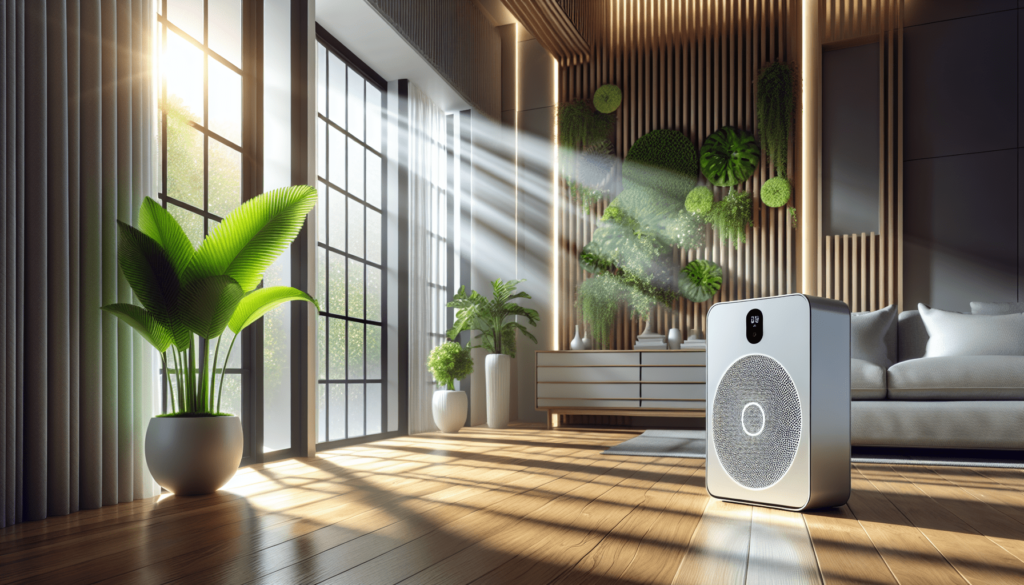
Comparing Different Smart Home Solutions
The market is flooded with smart home devices, making comparison essential to find the right fit for you. Each type of device offers unique features and benefits.
Real-world Examples
Smart air purifiers like Dyson’s Pure Cool have both a cleaning and cooling function, with high-efficiency particulate air (HEPA) technology to tackle 99.97% of pollutants. Similarly, LEVOIT’s Smart Wi-Fi humidifiers allow you to set schedules and manage settings via voice control with Amazon Alexa or Google Assistant.
Feature Comparisons
To aid your decision-making, here’s a comparative table of popular smart air quality devices:
| Device Type | Popular Brand | Key Features | Estimated Cost |
|---|---|---|---|
| Air Purifier | Dyson Pure Cool | HEPA filter, real-time monitoring | $400 – $500 |
| Humidifier | LEVOIT LV600HH | Wi-Fi connectivity, Alexa/Google compatible | $80 – $100 |
| Air Quality Monitor | Awair Element | VOCs, CO2, humidity, temperature tracking | $150 – $200 |
Practical Setup Guides
Setting up your smart devices is essential for making the most out of them. Here are some general steps to get started:
Installation Step-by-step
- Unbox and Place: Choose a central location for your air purifier for maximum coverage. Avoid corners or behind furniture.
- Connect to Wi-Fi: Follow the device’s manual to connect it to your home Wi-Fi network. This step is crucial for remote access and control.
- Download the App: Install the corresponding mobile app to your smartphone; it’s your remote control for device management.
- Sync with Voice Assistant: If supported, pair your device with a voice assistant like Alexa or Google Assistant for hands-free control.
- Calibration and Usage: Allow your air quality monitor to calibrate for an accurate representation of your indoor air quality.
Common Usage Tips
- Regularly clean or replace filters in smart purifiers for optimal performance.
- Program humidity settings on smart humidifiers to match seasonal requirements.
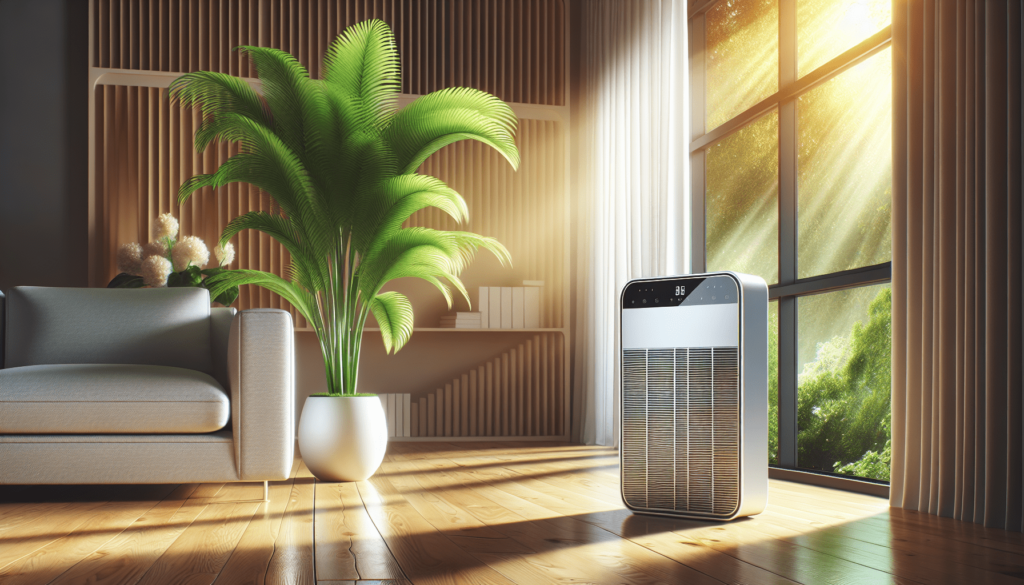
Security and Privacy Factors
Smart devices communicate data, so security and privacy concerns must not be overlooked. Minimize risks by understanding potential vulnerabilities.
Addressing Risks
Ensure your device firmware is up to date, using strong, unique passwords for device accounts. Secure your home Wi-Fi network with robust security protocols to protect your data.
Best Practices
Regularly check the permission settings of your smart home apps and disable unnecessary data-sharing features. Some manufacturers offer additional security layers; opt for these, if available, to safeguard your information better.
Energy Efficiency and Sustainability
Smart home devices can significantly impact energy consumption and contribute to a more sustainable lifestyle.
How Smart Devices Improve Efficiency
Devices like smart thermostats can optimize heating and cooling systems that directly impact air quality. By regulating power use based on occupancy and usage patterns, they reduce energy wastage and improve sustainability.
Reducing Environmental Impact
Smart air quality devices also offer eco-friendly benefits. By maintaining optimal conditions, they reduce the need for heavy HVAC use, lowering your carbon footprint.
Compatibility and Connectivity
For an integrated smart home system, compatibility between devices is vital.
Integrating Smart Ecosystems
Smart devices usually work within ecosystems like Apple’s HomeKit, Amazon’s Alexa, or Google’s Assistant. Select devices that seamlessly integrate with your existing system for a cohesive smart experience.
Multi-device Connectivity
Ensure your devices support interoperability, allowing them to work in tandem. For instance, your air purifier could trigger an increase in airflow when your air quality monitor detects elevated pollution.
Future-Proofing and Innovation
The technology landscape is rapidly evolving, and staying informed can help you choose scalable and forward-compatible devices.
Emerging Trends
Trends like AI integration and advanced sensors promise to deliver an improved smart home experience. Devices can offer predictive insights based on learned usage patterns, further enhancing air quality management.
Upgrading Smart Home Technology
Consider devices that support over-the-air updates and can be enhanced with new features over time. It ensures that your technology remains relevant and efficient, providing continued value.
Making Smart Investments
Balancing the benefits with cost is crucial when deciding on smart home devices.
Aligning With Needs and Budget
Identify specific air quality issues within your home and choose devices that directly address these. By focusing on what matters most based on lifestyle, health needs, and budget, you can make an informed decision that aligns with your requirements.
Long-term Considerations
Think about the long-term and cumulative benefits of improved air quality, convenience, and efficiency rather than just the initial purchase cost. Investing in quality, well-reviewed devices usually offers better satisfaction and longevity.
Encouraging Smart Living
Smart home devices open a world of possibilities for enhancing your living environment while recognizing the importance of air quality. By making conscious choices and informed investments, you can enjoy numerous benefits, from improved health to increased property value. Ensuring your home is equipped with the right smart technology not only enhances the comfort and safety of your space but also contributes to broader sustainability goals.
Stay informed about the latest smart technology developments, integrate smart solutions responsibly, and enjoy the advantages of a smarter, healthier home. Embrace the path to better living with smart home devices, and breathe easy knowing your home is equipped with innovative tools to offer you the freshest air possible.
